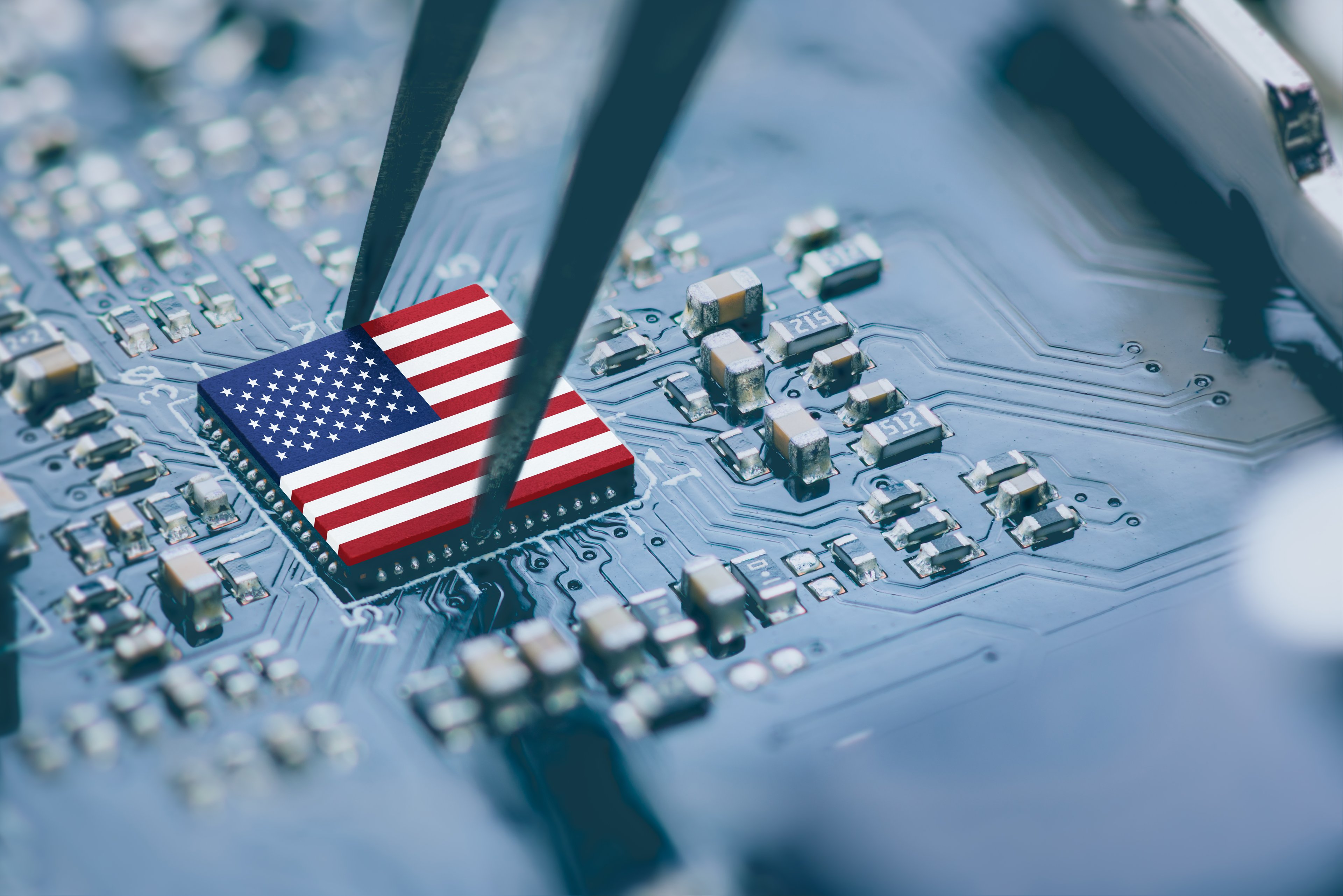To the surprise of few, AMD (NYSE: AMD) was able to ride the same wave that propelled rival Intel (Nasdaq: INTC) to extremely strong results last quarter. However, the companies didn't move in lockstep to booming sales. While Intel might be hurriedly sending thank you cards to corporate America for its quarter, AMD can raise a pint to the consumers.
AMD managed to top its rival on sales growth. Its $1.65 billion haul was 40% higher than last year; Intel posted a 34% jump. On the bottom line, AMD trimmed losses from $330 million last year to $43 million this year. Fueling the improving bottom line was a 45% gross margin, up from 37% in the year prior. The one slight negative: While pro forma earnings were positive once again, AMD's measure of pro forma free cash flow actually saw a healthy drop from last quarter.
The average age of a PC has risen to 4.4 years, the highest in a decade. Consumers and businesses had been holding back on purchases, making do with older systems. However, now the spending floodgate has been opened, and the flow is epic.
During the company's conference call, AMD CEO Dirk Meyer repeatedly called out the company's continuing strength in the consumer market, especially in notebooks. That's the kind of momentum that should continue as kids head back to school and consumers open up their wallets over the holidays.
However, the business side showed some signs of fatigue. Servers weren't as kind to AMD as they were to Intel, leading Meyer to say, "Intel clearly knocked the ball out of the park in their server business ... clearly we lost some [market] share."
Graphics card revenue was up 8% over last quarter. Strength should continue into the current quarter; just last week AMD flexed its muscle by signing a deal to get its FirePro card in Dell (Nasdaq: DELL) workstations. That's an attractive market where AMD would love to make further inroads.
Still, I'm left to wonder if AMD is missing some opportunities. It's no secret in the graphics card community that the company has been wiping the floor with NVIDIA (Nasdaq: NVDA) in some key segments of the market. Yet the company saw operating profits in the segment fall from $47 million last quarter to just $33 million in the current quarter. AMD blamed a higher mix of less-profitable notebook cards and parts shortages for declining profitability, but I'd like to see better results when the company is at such a strong competitive standpoint in midrange cards.
Also, with Intel putting its full weight behind its mobile Moorestown processor and companies like Texas Instruments (NYSE: TXN) and Qualcomm (Nasdaq: QCOM) coalescing behind Arm Holdings' (Nasdaq: ARMH) design, AMD's silence in the mobile arena is puzzling. Granted, AMD has been focusing on its foundry divestiture, but when you're a longtime industry laggard, you only get so many disruptive technologies where you can re-emerge as a leader versus a larger rival.
In the here and now, AMD is in the best shape it's been in a long time. The company has cleaned up its balance sheet and is pushing hard into the notebook space. However, sit still in the processor industry and you'll be roadkill in no time. That's why AMD's accelerating its ambitious Fusion project, which combines the central and graphics processors onto a single die, up for retail launch early next year.
Fusion doesn't strike me as a full-blown game-changer. However, if AMD's already seeing benefits from packaging its central processors, chipsets, and graphics card together to computer manufacturers, Fusion can only push the envelope on that bundled value proposition. Translation: Intel better watch out, AMD notebook ambitions are teething. Those nibbles of market share could soon be chunks.









